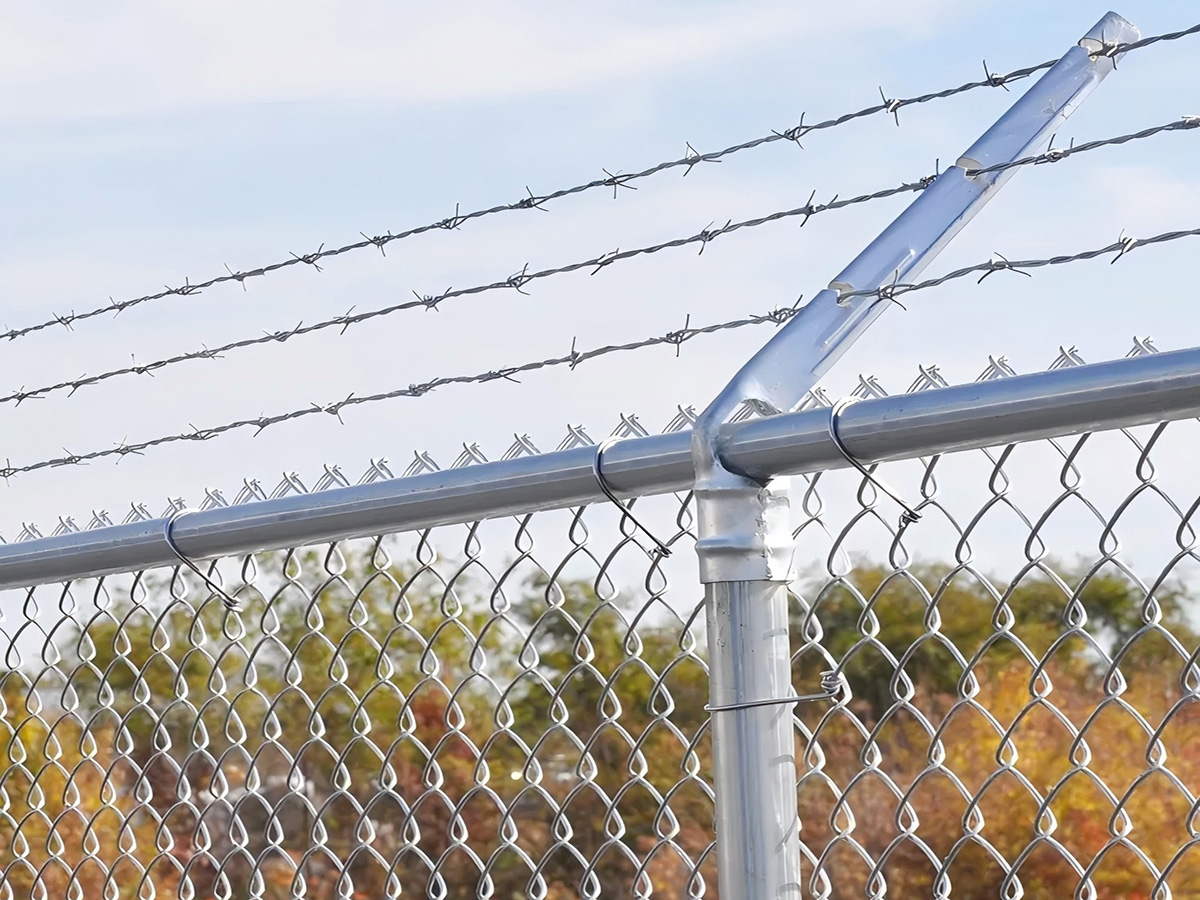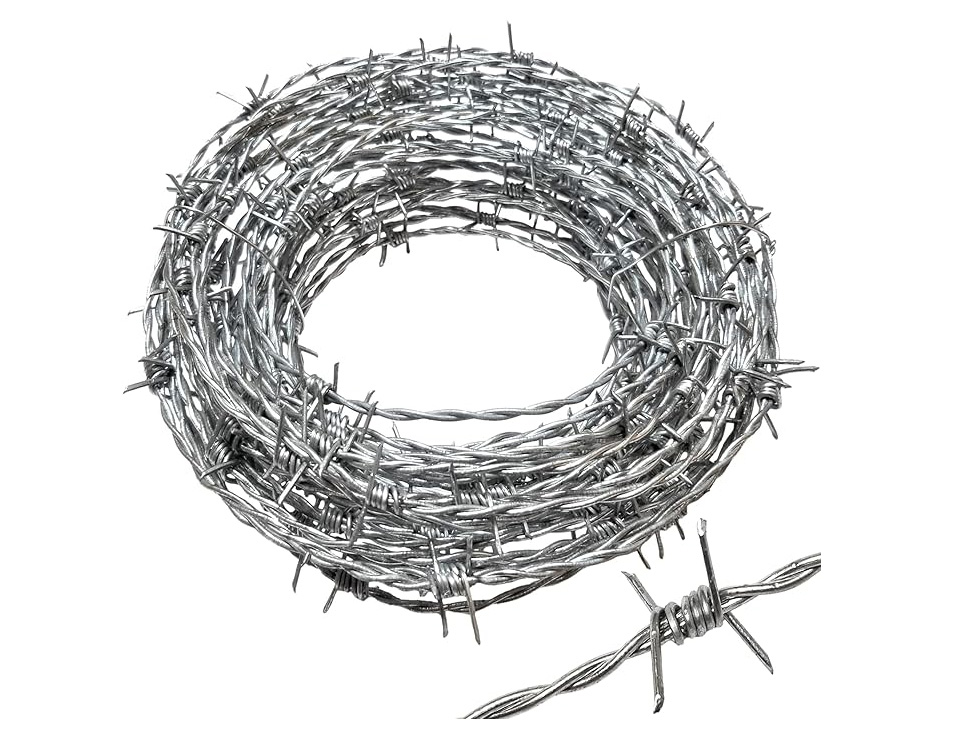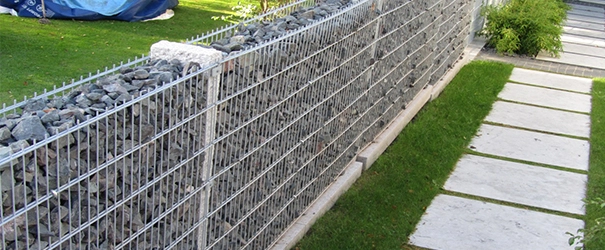Barbed wire and razor wire have significant differences in terms of materials and structure. Barbed wire is typically made of galvanized steel wire, twisted together by a barbed wire machine according to the requirements of double or single strands. The galvanization process not only gives barbed wire excellent rust resistance but also extends its service life, making it particularly suitable for outdoor open environments. The production of barbed wire is relatively simple, and its installation is very convenient, often used for basic isolation protection tasks such as plant protection, road protection, and school fence protection.
In contrast, razor wire is made by stamping sharp blades out of hot-dip galvanized steel plates or stainless steel sheets, which are then combined with high-tensile galvanized steel wire or stainless steel wire as the core wire. The design of razor wire is more complex, with sharp blades and high-tensile core wire providing stronger deterrent and fixed effects. Razor wire is not only aesthetically pleasing but also easy to install, economical, and practical. It is commonly used in places requiring high-intensity protection such as garden apartments, government agencies, prisons, outposts, and border defenses.

Barbed wire and razor wire also differ significantly in their application scenarios. Due to its simple production and easy installation, barbed wire is often used for basic isolation protection tasks. For instance, you can see barbed wire in places like plant protection, road protection, and school fence protection. The primary function of barbed wire is isolation and protection, making it suitable for farms, pastures, and breeding sites where simple protection is needed.
Razor wire, on the other hand, is primarily used in locations that require high-intensity protection. Due to its sharp blades and high-tensile core wire, razor wire offers excellent deterrent effects, effectively preventing illegal intrusions. Places like garden apartments, government agencies, prisons, outposts, and border defenses often use razor wire for perimeter protection. Razor wire not only provides strong physical protection but also has a psychological deterrent effect, causing potential intruders to be wary.

Barbed wire and razor wire also differ in the selection of posts. Barbed wire posts are primarily used in places like farms, pastures, and breeding sites for barbed wire fences. The lowest cost option for barbed wire posts is composite posts, which are made by solidifying a mixture of composite materials such as fiberglass, magnesium oxide, and magnesium chloride. Other posts include Y-shaped posts, round pipes, or U-shaped steel posts, with the choice mainly depending on the specific application scenario and budget.
In contrast, razor wire posts place more emphasis on stability and durability. Since razor wire is often used in high-intensity protection sites, its posts need to withstand greater tension and external impact. Common posts for razor wire include steel pipe posts and concrete posts. These posts not only offer excellent stability but also effectively extend the service life of the razor wire.
In summary, barbed wire and razor wire have significant differences in terms of materials, structure, application scenarios, and post selection. Barbed wire is suitable for simple isolation protection tasks, while razor wire is suitable for places requiring high-intensity protection. Understanding these differences can help us better choose the appropriate protective equipment for practical applications.

